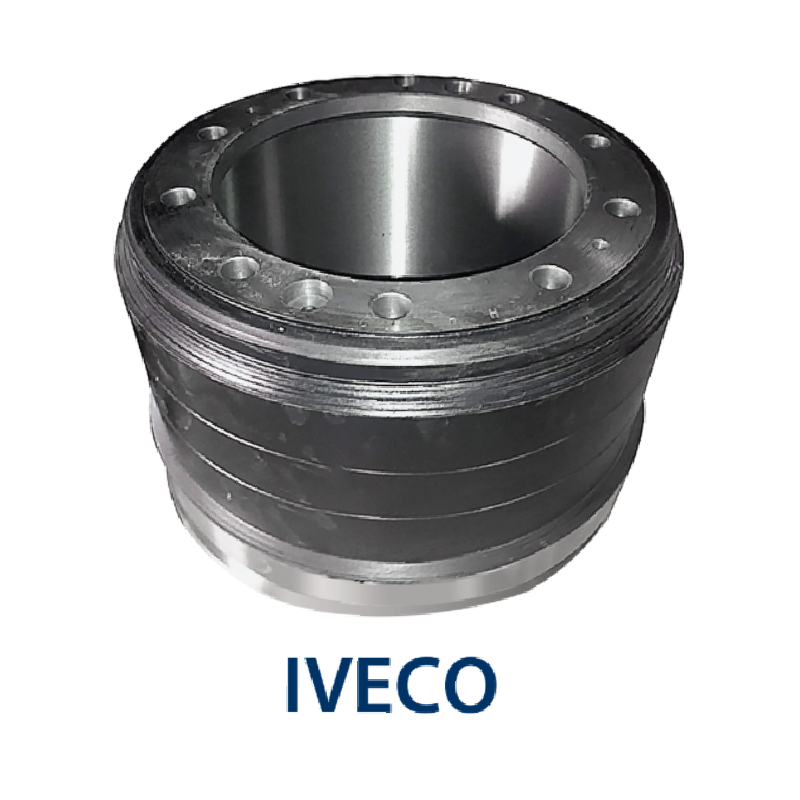Oct . 03, 2024 21:56 Back to list
brake pads vs brake drums
Brake Pads vs. Brake Drums Understanding the Basics of Vehicle Stopping Power
When it comes to vehicle braking systems, two primary components stand out brake pads and brake drums
. Understanding the differences between these two types of braking mechanisms is vital for vehicle owners, as they play crucial roles in safety and performance.Brake Pads
Brake pads are part of a disc brake system, primarily used in modern vehicles. They function by clamping onto a rotating disc, or rotor, to create the friction necessary to slow down or stop the vehicle. The key advantages of brake pads include their superior stopping power, quick response, and ability to dissipate heat efficiently. Because they are often made from materials like ceramic, metallic, or organic composites, they can offer varying degrees of performance, durability, and noise levels.
One of the hallmark features of brake pads is their longevity. Generally, they can withstand a significant amount of wear before needing replacement. However, the exact lifespan can vary based on driving habits, vehicle type, and the specific material of the pads. Regular inspections are essential, as worn brake pads can lead to decreased braking efficiency and damage to the rotors.
Brake Drums
brake pads vs brake drums

On the other hand, brake drums are typically found in older vehicles and certain rear drum brake configurations. In this system, brake shoes, which are curved pieces of friction material, are pushed against the inside of a spinning drum to create the necessary stopping force. While drum brakes can be effective, they are often seen as less efficient than disc brakes, especially in demanding conditions, such as high-speed driving or heavy braking.
Brake drums tend to be more susceptible to heat buildup, which can lead to brake fade—a reduction in stopping power—under heavy use. Additionally, they usually have a more complex installation process and may require more frequent adjustments. However, drum brakes can be cheaper to manufacture and are typically quieter than their disc counterparts. They also offer a level of self-adjustment, which can reduce maintenance needs.
Conclusion
In conclusion, the choice between brake pads and brake drums often comes down to the specific requirements of the vehicle and its intended use. Disc brakes with brake pads provide better performance, particularly in high-demand situations, while drum brakes could be sufficient for lighter vehicles or less demanding driving conditions. Both systems have their own advantages and disadvantages, and understanding these is crucial for maintaining optimal braking performance and ensuring the safety of everyone on the road.
Ultimately, regular maintenance and timely replacements of either brake pads or drums will ensure a safe and efficient driving experience. As always, consulting with a qualified mechanic can provide valuable insights tailored to individual vehicle needs.
-
Brake Drum Liza Durable & High-Performance Brake Solutions
NewsMay.29,2025
-
Brake Drum Liza Durable Drum Brake & Shoe Replacement Solutions
NewsMay.29,2025
-
Brake Drum Liza High-Quality Drum Brake & Shoe Solutions
NewsMay.29,2025
-
Brake Drum Liza Durable Drum Brake & Shoe Solutions for Vehicles
NewsMay.29,2025
-
Brake Drum Liza Premium Drum Brake Components & Shoes
NewsMay.29,2025
-
Brake Drum Man Durable Drum Brake Drums & Shoes Supplier
NewsMay.28,2025
